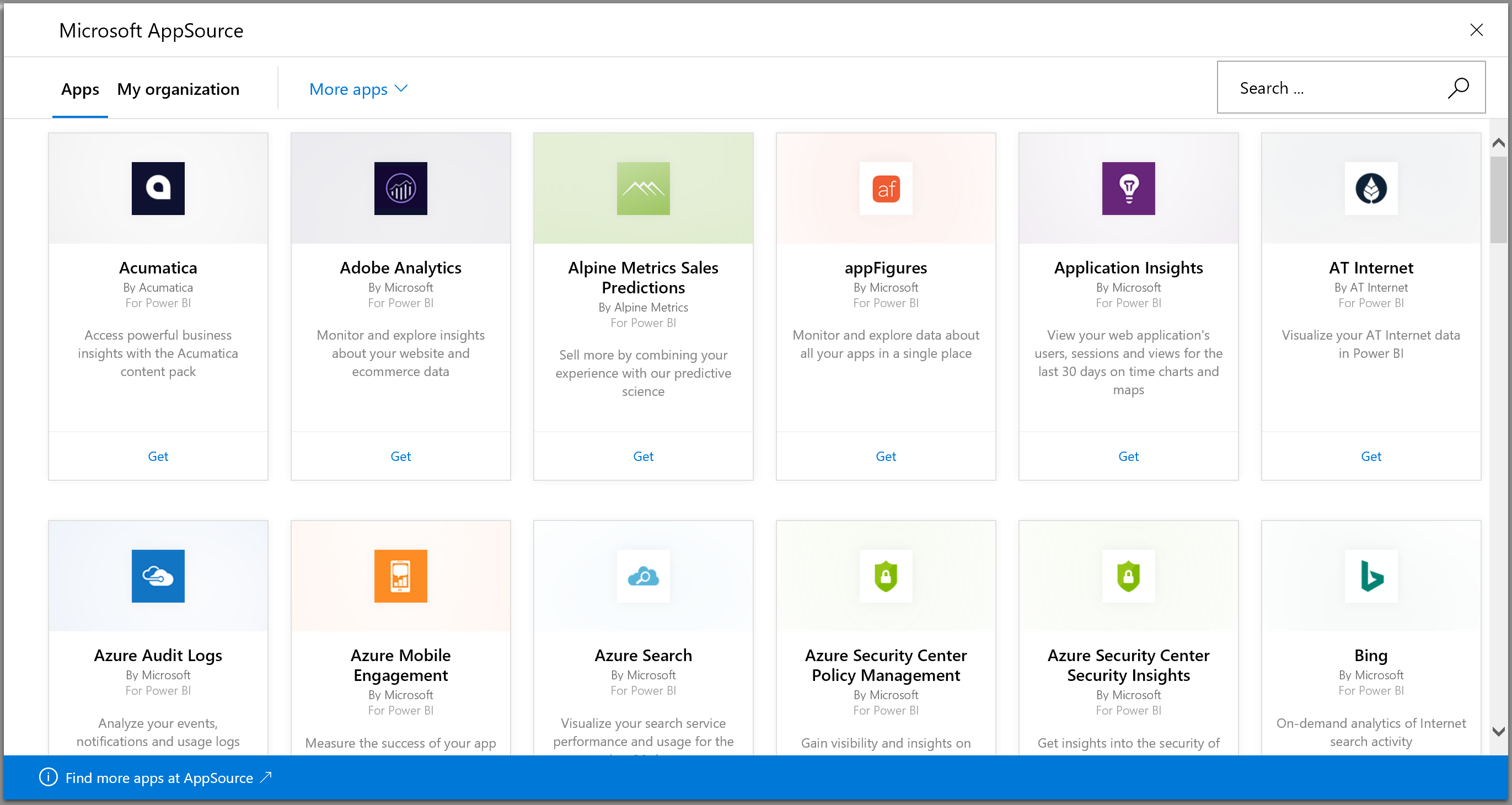Installing Mantis On Iisd
Posted By admin On 23/05/18

New users can be set up for accessing Mantis Bug Tracker. Create a new user for Mantis. Installing Mantis. Download a copy of Mantis. Mantis 1.1.0 is what was used for this installation. Unzip this and put it into the new folder that was previously created for storing the PHP pages on the web server.
Download Free Ozrosaurus Hysterical Rare there. As part of the MantisBT development team I can tell you that although there is code support for MS SQL Server, there are many issues with it. The cause of the problem is that none of the developers - or contributing users - are running an SQL Server installation and we're not aware of any free setups which we can use to the SQL Server.
Free Download Nikon Coolpix Hack Raw Programs Like Limewire more. Long story short: it probably doesn't work out of the box, but you might force it into running by patching it. If you do, please contribute those changes back, as there are many users which reported problems with SQL Server.
Mantis is a web application, provides a private website to individuals or set of requested users belonging to the same company/project. Mantis can be run at the server side. It is a PHP-based application and supports all OS platforms such as Windows, Linux of different versions, MAC, etc. It supports mobile browsers as well in mobile views. System Requirements Since Mantis is a web-application, it follows the concept of client/server. This means, Mantis can be installed centrally on the server and users can interact with it through web-browsers using a website from any computer.
• Web Server − Mantis is tested with Microsoft IIS and Apache. However, it can work with any latest web server software. Mantis only uses.php file.
Configure the web server with.php extension only. • PHP − The web server should support PHP.
It can be installed as CGI or any other integration technology. • Mandatory PHP Extensions − Extensions for RDBMS are mysqli, pgsql, oci8, sqlsrv mbstring is required for Unicode - UTF-8 support. • Optional Extensions − Curl, GD, Fileinfo.
• Database − Mantis requires a database to store its data. MySQL and PostgreSQL are supported RDBMS. • Client Requirements − Firefox 45 and above, IE 10 and above, Chrome, Safari, and Opera. Users can separately install all the requirements either manually or automatically to use Mantis. Installation of System Requirements If a user has adequate knowledge about the installation process, all the requirements can be installed one by one separately before proceeding to Mantis. Alternatively, there are many all-in-one packages available, having all the requirements and can be automatically installed in the system by exe file.
Here, we will take the help of XAMPP to install pre-requisites easily. Step 1 − Go to and click XAMPP for Windows as shown in the following screenshot. Step 2 − A pop-up will display to save the file. Click Save File.
It will start downloading the file. Step 3 − Run the.exe file to run the installation wizard.
After clicking the.exe file, XAMPP Setup wizard displays. The following screenshot shows the XAMPP setup wizard. Step 4 − The next wizard displays all the component files that will install as shown in the following screenshot. Click Next after making a selection of components. Step 5 − Provide a folder name where XAMPP will be installed and click Next. Ready to Install wizard is displayed.
Step 6 − Click Next to start the installation. Step 7 − After successful installation, it will ask to start the control panel. Check the checkbox and click Finish. It will open the XAMPP control panel as displayed in the following screenshot. Step 8 − Click the Start button for Apache and MySQL, required for Mantis as shown in the above screenshot. Step 9 − To verify whether all the pre-requisites such as Apache, PHP, and MySQL is installed properly, navigate to any of the browser, type and press Enter.